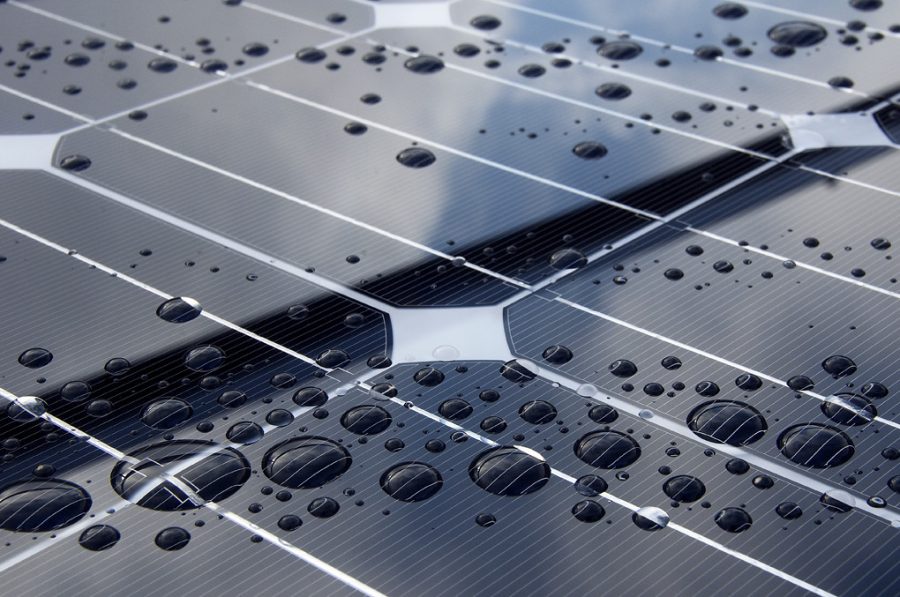Solar Cells
Solar cells have made major improvement in just the last decade.
Source: “Installing solar panels” by OregonDOT is marked with CC BY 2.0.
“Solar panel reflection” by OregonDOT is marked with CC BY 2.0.
A photovoltaic cell is also known as a solar cell. The light might be reflected, absorbed, or pass through the cell. It is made of semiconductor material, which means it can conduct electricity more than an insulator, but not as well as metal conductors. There are many different semiconductor materials in a cell. When the semiconductor is in light, it absorbs the energy. Then transfers it to negatively charged particles in the cell called electrons. The extra energy lets the electrons go through the material as an electric current. The current is taken by the metal contacts: the grid-like lines on the cells. It will then power your house.
Solar cell efficiency is the amount of electricity coming out of the cell compared to the energy the light shining on it has. It shows how effectively the cell converts energy from one to the other. The amount of energy produced depends on the intensity and wavelength of the light. One important aspect is the bandgaps. Bandgaps show what wavelengths a cell can absorb and turn into electricity. If the wavelength and bandgap match, the cell can efficiently create electrical energy.
Solar cells are not as efficient as we need them to be. Recently improvements have been made and are up to 30% efficiency. This is all thanks to a development by Jamie Laird, who made a device to locate the problem and deficiency in a cell. The device uses a laser and microscope that produces a picture. This has led to rapid improvements, and it all started as a simple DIY.
RELATED STORIES:
https://www.energy.gov/eere/solar/solar-photovoltaic-cell-basics
https://www.britannica.com/technology/solar-cell
https://science.howstuffworks.com/environmental/energy/solar-cell.htm
https://www.explainthatstuff.com/solarcells.html
TAKE ACTION:
https://www.energy.gov/eere/solar/solar-energy-wildlife-and-environment











